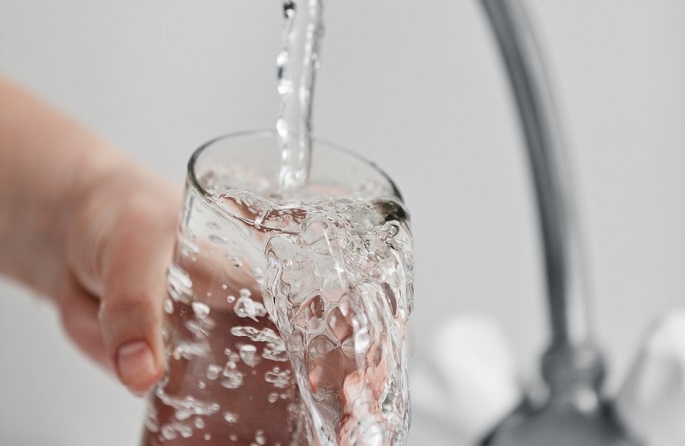Drinking water quality in Finland is very good: THL
Published : 11 Jan 2022, 01:05
Finland has high-quality drinking water that meets the requirements and targets set for it well, said the Finnish Institute for Health and Welfare (THL) in a joint press release on Monday, quoting a recent report.
In 2020, anomalies in the quality of drinking water were only found in specific water supply areas. The quality of drinking water in these areas was improved by optimising water purification or increasing water intake from water supplies where the quality of drinking water met the requirements.
Some of the anomalies observed will require additional water treatment measures that will be implemented in the next few years, said the results of the drinking water report prepared based on regulatory supervision of municipal health protection authorities in 2020.
The targets set for the usability of drinking water were also met well. The anomalies were mostly caused by high iron concentration, abnormal microbial count, changes in the pH, and abnormal odour, taste or turbidity.
The usability of drinking water was improved by, for example, increasing the efficiency of water purification, flushing water supply networks or running water from buildings' taps. The effects of the measures were often monitored through additional sampling and examinations.
An increasing number of water supply areas had conducted the risk assessment of drinking water supply chain. In 2020, a total of 106 large water supply areas, which is about 72% of all large water supply areas, had their risk assessment approved by the municipal health protection authority, and it was under way in many other areas.
A year earlier, 66 water supply areas had their risk assessment approved by the authority.
The risk assessment is continuous and covers the entire supply chain of drinking water from the area where the raw water is formed to water purification and the water supply network and finally to a building and the user's tap.
The purpose of the risk assessment is to identify factors threatening the quality of drinking water and to eliminate or minimise the risks arising from them. Regulatory supervision of drinking water and the self-monitoring of water supply plants must be based on the risk assessment.
“Based on the risk assessment, the monitoring of the quality of drinking water can be targeted at factors that are relevant to the water supply area in question. Water supply areas should have a monitoring research programme based on the risk assessment no later than 27 October 2022,” said Outi Zacheus, Senior Planning Officer at THL.
Drinking water is water that is intended for household use, such as for drinking and cooking.
The quality of drinking water was examined in the 147 largest water supply areas with a total of about 112,000 examinations. There are more than 4.5 million water users in the water supply areas.


